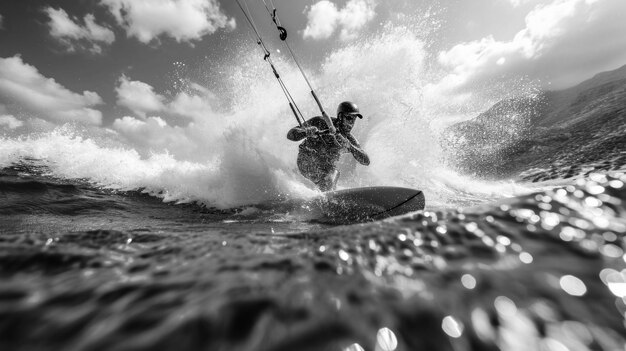
Sponsored article
In the exhilarating realm of air sports, weather plays a pivotal role in determining safety. From paragliding through picture-perfect skies to hot air ballooning amidst soft clouds, it is important to understand how variations in wind, temperature, and visibility can make a significant difference in your aerial adventures. This comprehensive guide aims to shed light on the intricate relationship between weather conditions and the safety of various air sports.
When it comes to air sports such as paragliding and hang gliding, the wind’s influence is paramount. These activities are greatly impacted by wind speed and wind direction, which can either enhance the flight experience or pose significant safety threats. For instance, strong winds can create turbulence, making it challenging to control the glider. Additionally, unpredictable winds can suddenly change the course of flight, possibly leading to potentially dangerous situations. However, a proper understanding of these factors can greatly enhance safety. Here are a few tips:
Understanding and navigating wind conditions is a vital part of ensuring safety in paragliding and hang gliding.
The role of temperature in hot air balloon safety is paramount, influencing the operations and security of every flight. Juggling with temperature fluctuations is a game every hot air balloon pilot must master, as changes in environmental heat can significantly impact balloon buoyancy. Several factors come into play:
In a nutshell, having a robust grasp on thermal dynamics and recognizing the manner in which temperature interacts with all aspects of a hot air balloon expedition boosts the safety of every single flight.
Visibility, a critical factor in all air sports, is greatly influenced by varying weather conditions. In instances of fog, rain, or snow, visibility can drastically decrease, posing significant safety risks. These situations often require immediate attention and adaptability from athletes. The risks not only come from failing to see obstacles but also in misjudging distances and altitudes, which could lead to severe accidents. Therefore, the following precautions are recommended during compromised visibility:
Treating visibility concerns with utmost vigilance ensures amplified safety in intimidating weather conditions for all air sports participants.